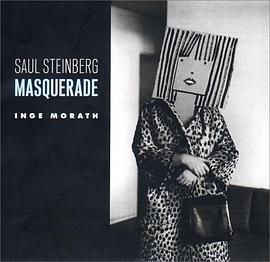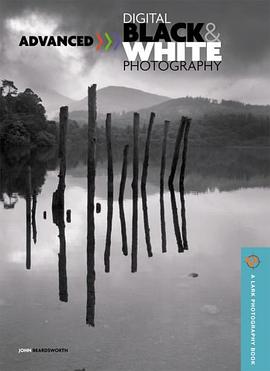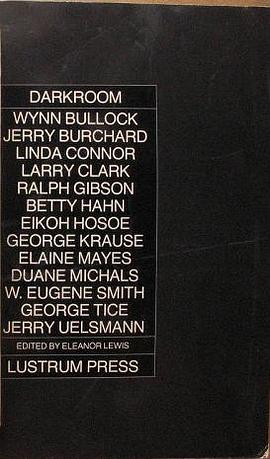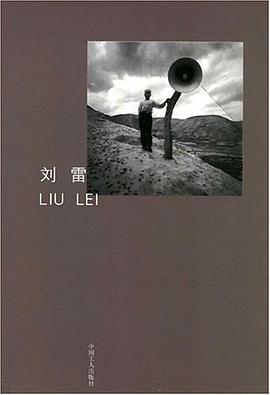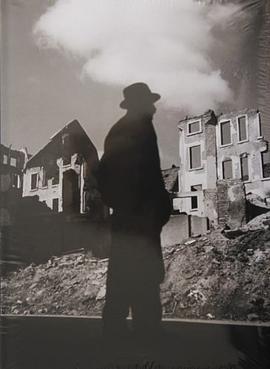

具體描述
In 1916, with the Great War reducing northern Europe to a treeless, shattered void, a boy was born to the prosperous director of a pharmaceutical firm in Zurich. He was named Werner. It was not an auspicious time to be born and, indeed, his mother died soon after. As a child, young Werner sought order in his life by dissecting snails and photographing, in the limpid light of his creation, the elegant whorls revealed.
He did not become the physical training instructor his father wanted him to be. He did not become the painter he had once wanted to be in Paris in 1939, on the brink of another devastating conflict. He became Werner Bischof, the man, and a photographer of incalculable artistry who found in both order and the chaos he confronted and experienced a sublime beauty, a humanity that was singularly his own.
His photographs of a post-war Europe in poverty and despair expressed infinite hope for the human condtion, yet he was only 29. Less than 10 years later he was dead, leaving behind among his last photographs that of a Peruvian child playing his flute on the edge of a ravine. It is now an iconic photograph with a fatal allure. Bischof himself died when his jeep plunged over a ravine in the Andes on a quest for the faces, the lives, of harmony there. Fifty years later his son Marco has gathered together 70 previously unpublished photographs by Werner Bischof. They powerfully reiterate the man his father was, the nature of his humanity and his search for a benign and beautiful cognisance of the brief and terrifying world he lived in. Edited by Marco Bischof.
Essays by John G. Morris and Dieter Buchmann. Hardcover, 8.25 x 11 in. / 160 pgs / 70 b&w.
著者簡介
圖書目錄
讀後感
評分
評分
評分
評分
用戶評價
風格和bresson很接近嘛。注重geometry。怪不得是第一批magnumiste。
评分#補標 2017#
评分Magnum網站看的,廣島原子彈受難者的那張相當震撼~
评分Magnum網站看的,廣島原子彈受難者的那張相當震撼~
评分Magnum網站看的,廣島原子彈受難者的那張相當震撼~
相關圖書
本站所有內容均為互聯網搜索引擎提供的公開搜索信息,本站不存儲任何數據與內容,任何內容與數據均與本站無關,如有需要請聯繫相關搜索引擎包括但不限於百度,google,bing,sogou 等
© 2025 book.quotespace.org All Rights Reserved. 小美書屋 版权所有







